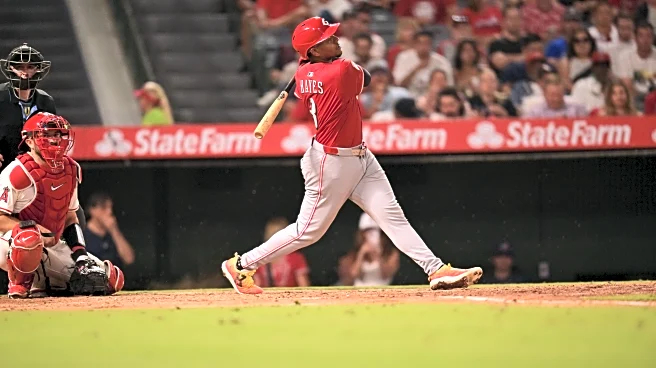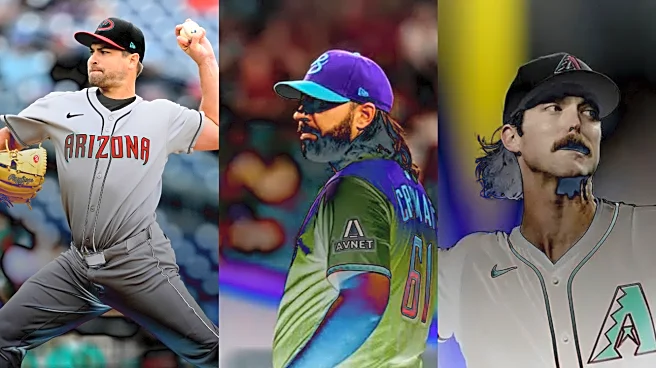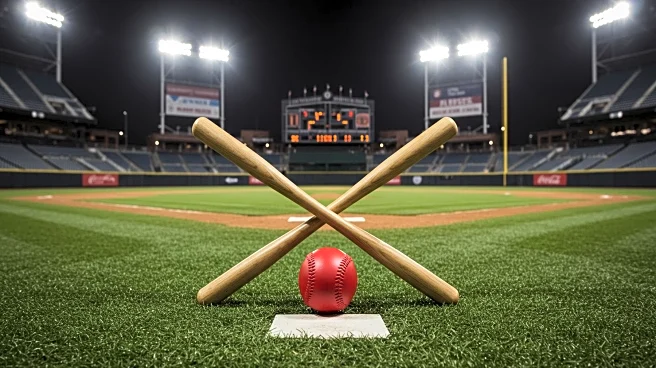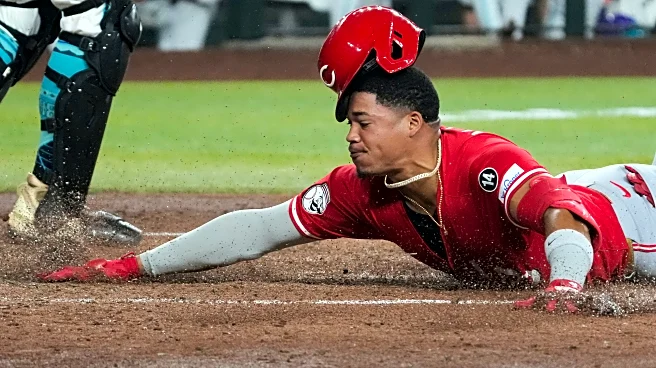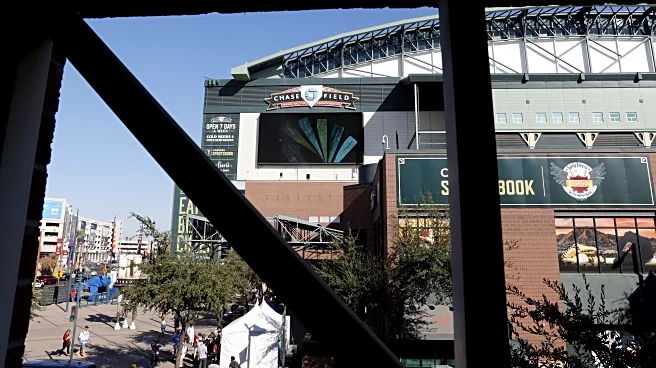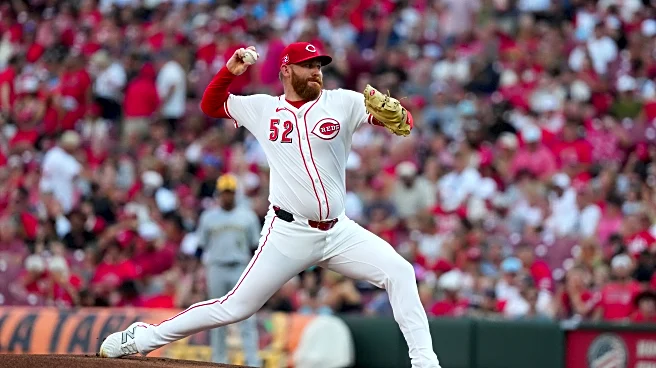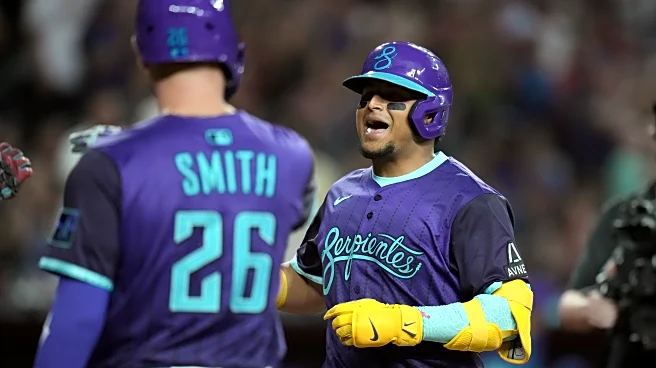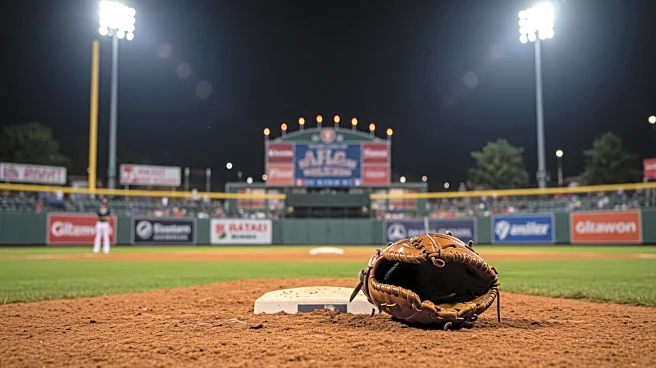
That the Cincinnati Reds swung a deal with the Pittsburgh Pirates for 3B Ke’Bryan Hayes at the July 31st trade deadline this summer was not a huge surprise. The defensive issues at the hot corner by Noelvi Marte were well known, and the once robust cast of options the Reds had at the hot corner had dwindled through attrition and moving players to other positions.
Marte, it should be noted, ended up on the move as part of the deal – not to Pittsburgh, obviously, but to the corner outfield, where his
athleticism and an arm that was more strong than accurate could potentially thrive.
Hayes’ acquisition wasn’t the biggest thing that made me squint, though. That honor goes to the Reds being willing to take on the entirety of his long-term contract extension signed back in 2022, a deal that will ultimately pay him a minimum of $36 million through 2030 – and potentially more.
Taking on that kind of deal is an obvious admission that they’re fond of the player. It’s not back-breaking by any team’s financial standards, but it’s a commitment to a one-position player for a length of time that suggests that they see upside within him still, something that had been hard to see when he languished in Pittsburgh as a glove-only, no-bat defender whose entire value was tied up in one skill.
That’s no exaggeration. Among the 191 players who’ve logged at least 700 PA since the start of the 2024 season, Hayes’ .264 is the second worst. His 64 wRC+ in that time is also second worst. His .305 slugging percentage in that time is dead last.
Those numbers now include a minuscule 77 PA sample from his time with the Reds, a time in which he’s already beginning to show a bit of a different profile at the plate than in his last bit of time as a Pirate. The questions that come with that are twofold.
Is there something the Reds are doing tangibly different with Hayes than the Pirates did?
If so, is there any evidence that it’s actually changing him for the better?
A quick dive into the numbers – courtesy of FanGraphs – reveals at least a few promising developments.
That 2024-2025 sample I mentioned above features an overall 50.2% groundball rate, a mark that checks in as the 10th highest in the game in that span. That dovetails with his career 49.1% mark, and his launch-angles (2.6 degrees at its worst in 2021, 7.4 degrees for his career) suggest that’s no outlying pattern. For most of his career outside an extremely different 2023 season (where he posted a 13.2 degree launch angle, socked a career-best 15 homers, slugged a career-best .453, and posted a career-low 41.8% groundball rate), he’s just been a guy who smacks the ball on the ground a lot with a swing that’s designed to do so.
His brief time as a Red has seen that groundball rate dip 8.5% already down to 41.0%. His fly-ball rate has jumped up 8.3% in that short time, too, while his launch angle is rising steadily from 9.1 before the trade in 2025 up to 9.6 degrees. He’s being more patient in the early returns, too – his chase rate on pitches outside the zone has dropped from 28.2% down to what would be a career-best 22.1%, his swing% is down to what would be a career-low 41.0%, and he’s making more contact (85.3%) than he ever has.

As Cincinnati’s offense continues to sputter overall – their collective 83 wRC+ over the last 30 calendar days is tied for the second-worst in baseball – Hayes has been a steady, steadily improving force. He owns a 123 wRC+ in that time, and that’s helped buoy the club while the likes of Elly De La Cruz, Matt McLain, and Austin Hays have struggled terribly.
It’s all a horrendously small sample, obviously. It’s still hard to ignore that there’s been at least a bit of a tangible change in how his approach and results are dovetailing, especially when his K-rate has been sliced almost entirely in half, too (20.7% with Pittsburgh this year, just 10.4% with the Reds). Even his .288 BABIP with the Reds doesn’t make this scream like it’s all an outlier, and rather something that maybe, just maybe is a minor transformation that’s taking place on the fly.
If so, that’s a tremendous boon to the Reds, who know already that Hayes’ Platinum Glove caliber defense was going to provide them with at least a steady ~1.5 WAR per season floor. If they can manage to get his offense even anywhere close to league average (up from quite possibly the worst regular bat in the big leagues), well, they’ve acquired a guy who can be a routine 3.5-4 WAR player for the forseeable future, a bargain at the rate they’ve taken on in that trade.
